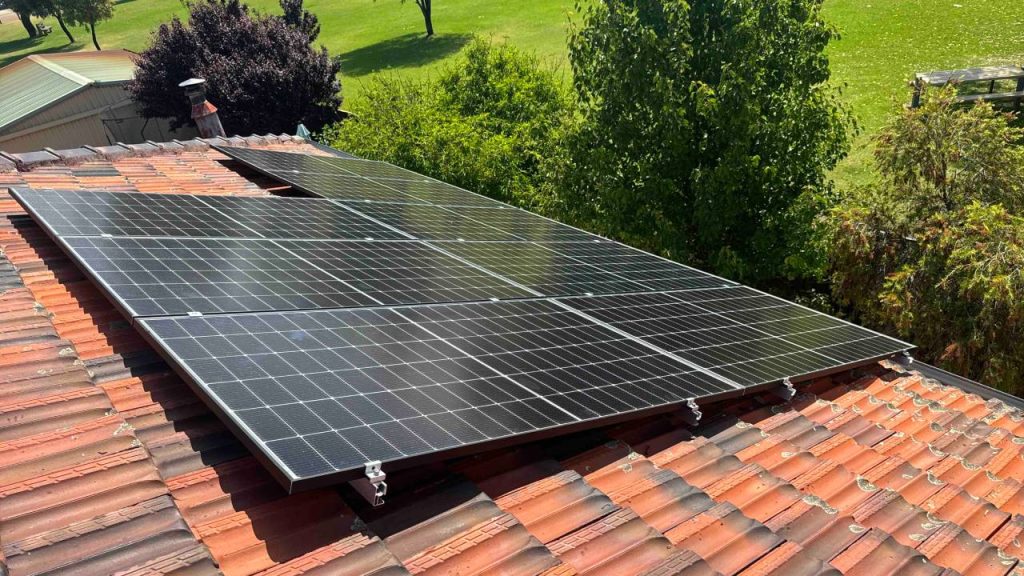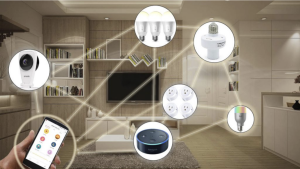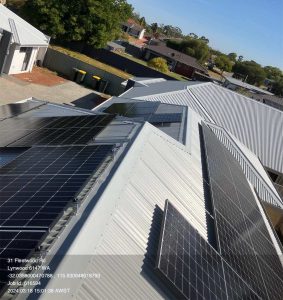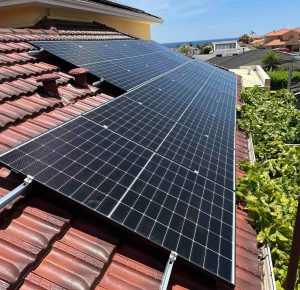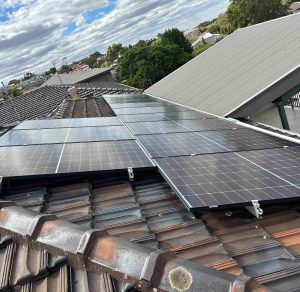Basking in the sun with your hale and hearty rooftop solar panels? Brilliant! But like any other hardworking pal, your rooftop PV system may feel overburdened. So, the question arises: when do you give your rooftop solar system a well-deserved upgrade? Truth is, there’s no one-size-fits-all answer. So, we have curated a list of a few telltale signs that reveal if your solar system might be yearning for an overhaul:
Feeling the age: After about 10-15 years, inverters (the brains of your system) may start slowing down. A simple solution would be to replace them. And speaking of panels, while they can last 25 years, their efficiency gradually dips.
Increased energy consumption: Added a pool, EV, or a train of energy-hungry appliances? Your current system might not be keeping up. Upgrading panels or adding battery storage could be the answer to quench your thirst for clean power.
Safety first: Solar system If your system’s safety features are outdated, consider an upgrade for peace of mind. Remember, faulty systems can be a real buzzkill, not to mention a fire hazard.
Mistakes to avoid when upgrading your solar system
A well-planned and informed upgrade can enhance your existing solar system and lead to significant savings. By avoiding these 5 mistakes, you’ll be well on your way to enjoying the benefits of a larger and more efficient solar power system.
- Losing your existing feed-in tariff (FiT): Check the rules and regulations in your state to ensure upgrading won’t jeopardize your existing FiT rate.
- Exceeding system size limits: Be aware of any limits set by your electricity network operator on the total system size you can connect. Upgrading beyond the limit might require additional approvals and fees.
- Exporting too much power for little return: Overproduction of solar energy may result in minimal financial benefit due to reduced FiT rates. Carefully analyze your consumption and generation profiles to avoid overproduction.
- Incompatible hardware: Incompatible new panels or inverters with your existing system can lead to problems and void existing warranties. Ensure your chosen upgrade components are compatible with your current setup.
- Choosing the wrong installer: Partnering with a trustworthy and well-informed installer is crucial. Don’t hesitate to ask detailed questions and compare quotes before making a decision.
Age and efficiency of a solar system
While solar PV systems age gracefully, their efficiency does face a gradual decline. Let’s dive into the intricate relationship between a solar system’s age and its efficacy:
The Early Years: Fresh out of installation, your solar panels are at their peak performance. During the initial 1-5 years, most systems retain 95-100% of their initial output.
The Midlife Slump: Exposure to heat, wind, and UV radiation takes its toll, causing microscopic issues. This reduces the power output, by around 0.5-1% per year on average. Fast forward 10 years, your system might be generating 85-90% of its original energy.
The Golden Years: By 20 years, you might be looking at 70-80% of peak output, which means significant electricity savings compared to grid reliance.
Beyond the Sunset: While beyond 25 years, the power generated might go down further. Even at 50-60% efficiency, it’s workable, but replacing panels is a cost-effective option compared to buying all your electricity from the grid.
Factors Affecting the Fade: Environmental factors like extreme weather, excessive dust, and shading can also accelerate the aging process.
High-wattage and High efficient solar panels
A solar panel with high wattage generates more total energy and is ideal for large energy needs or limited roof space. It also potentially reduces system size and installation costs per watt produced.
However, a high-efficiency solar panel produces more energy per square meter of panel, is ideal for limited roof space, reduces reliance on additional panels to meet energy needs, and offers long-term cost savings due to higher overall energy production. This also has a longer warranty.
The market is flooded with systems that give the best of both. Most of the solar systems with 390W+ or 400W+ have 19% efficiency. So, if you are thinking of upgrading, go for a high-wattage and high-efficiency system.
Can I add more solar panels to the existing solar system? Is it worth it?
Whether you can add more panels to your existing system depends on a few factors, and whether it’s worth it will change depending on your personal preference and situation. We have curated a checklist for you to understand and take that decision.
Compatibility: Check if your existing inverter can handle the extra power from new panels. Equipment that is not compatible technologically can create problems.
Roof space: Do you have enough space for extra panels, considering their size and angle for optimal sun exposure? If your answer is yes, add it to your fleet of panels.
Regulations: Some states in Australia have limitations on total PV system size or mandate approval for upgrades.
Cost: Adding panels and potentially an inverter can be expensive. If your potential savings outrun install cost, go for it.
Energy needs: Track your energy consumption. Do you need more power? Adding panels can be efficient if usage has increased.
FiT implications: Adding panels might affect your feed-in tariff (FiT) rate. Understand the impact before proceeding.
If you think that most of the answers in this checklist are yes in your situation, we would suggest you start planning to upgrade solar panels. Start by getting quotes from reputable installers in your area that include a financial analysis with a payback period and estimates about savings. Compare the cost of adding panels to simply maintaining your existing system. Ultimately, the decision is yours. But by carefully considering the factors above, you can decide if adding panels is the sun-powered step toward energy independence you’re looking for!
Old solar system removal and Installing new system costs in Western Australia
Removing and installing to upgrade your solar system will cost around $5,992 on average, depending on system size and complexity. It can go as high as $7,274 if the installation process has some hiccups. But here’s the bright side: replacing aging panels can boost your energy generation and significantly save a lot of money on bills.

